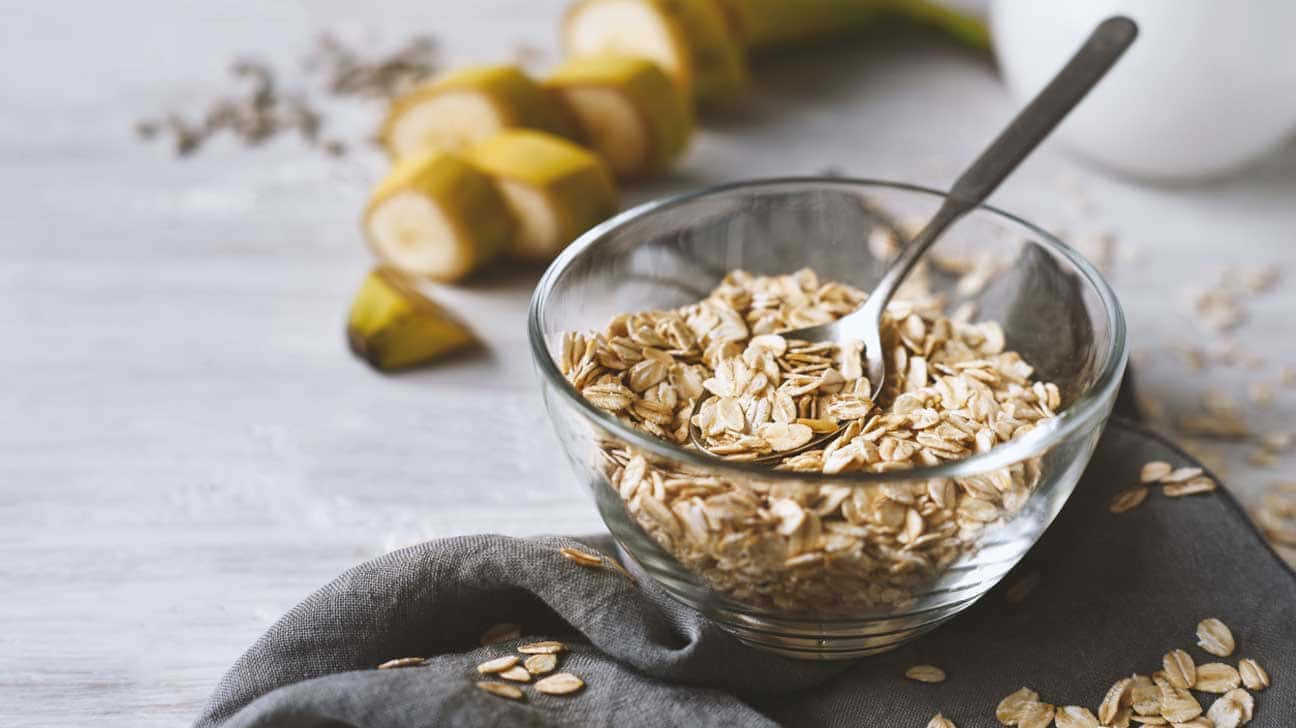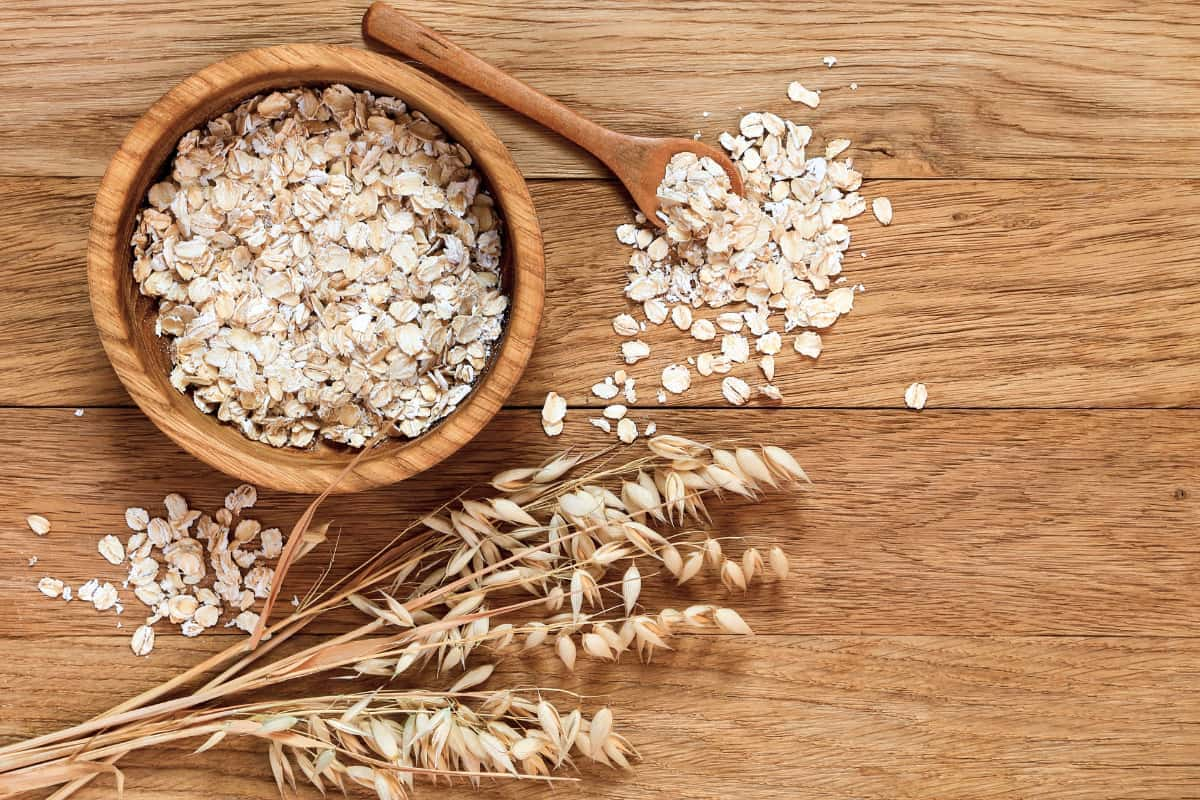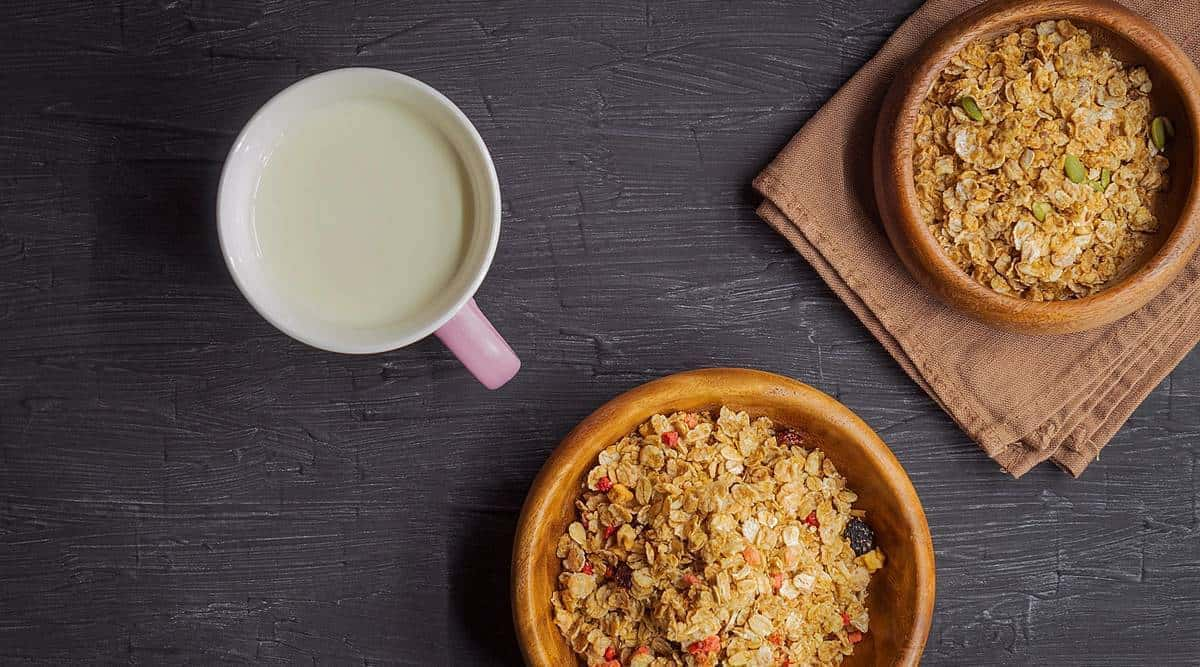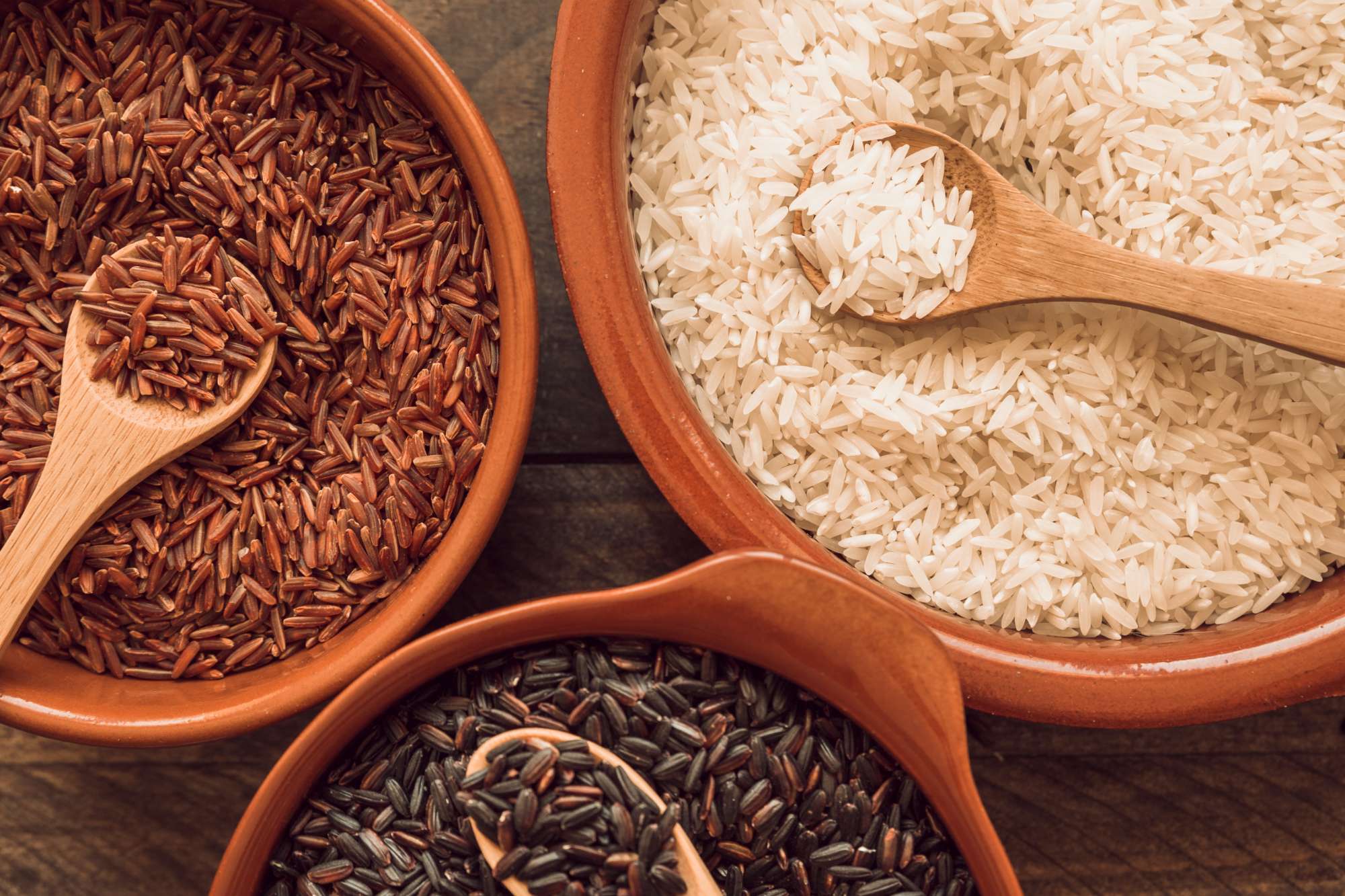Oats and Oatmeal
Oats and Oatmeal
Oats are among the healthiest grains on earth. They’re a gluten-free whole grain and a great source of important vitamins, minerals, fiber and antioxidants. Studies show that oats and oatmeal have many health benefits such as weight loss, lower blood sugar levels and a reduced risk of heart disease.
WHAT ARE OATS AND OATMEAL?
Oats are a whole-grain food, known scientifically as Avena sativa.
Oat groats, the most intact and whole form of oats, take a long time to cook. For this reason, most people prefer rolled, crushed or steel-cut oats.
Instant (quick) oats are the most highly processed variety. While they take the shortest time to cook, the texture may be mushy.
Oats are commonly eaten for breakfast as oatmeal, which is made by boiling oats in water or milk. Oatmeal is often referred to as porridge. They’re also often included in muffins, granola bars, cookies and other baked goods.

1. Oats Are Incredibly Nutritious
The nutrient composition of oats is well-balanced. They are a good source of carbs and fiber, including the powerful fiber beta-glucan. They also contain more protein and fat than most grains.
Oats are loaded with important vitamins, minerals and antioxidant plant compounds. Half a cup (78 grams) of dry oats contains:
- Manganese: 191% of the RDI
- Phosphorus: 41% of the RDI
- Magnesium: 34% of the RDI
- Copper: 24% of the RDI
- Iron: 20% of the RDI
- Zinc: 20% of the RDI
- Folate: 11% of the RDI
- Vitamin B1 (thiamin): 39% of the RDI
- Vitamin B5 (pantothenic acid): 10% of the RDI
- Smaller amounts of calcium, potassium, vitamin B6 (pyridoxine) and vitamin B3 (niacin)
- This is coming with 51 grams of carbs, 13 grams of protein, 5 grams of fat and 8 grams of fiber, but only 303 calories.
2. Whole Oats Are Rich in Antioxidants, Including Avenanthramides
Whole oats are high in antioxidants and beneficial plant compounds called polyphenols. Most notable is a unique group of antioxidants called avenanthramides, which are almost solely found in oats. Avenanthramides may help lower blood pressure levels by increasing the production of nitric oxide. This gas molecule helps dilate blood vessels and leads to better blood flow. In addition, avenanthramides have anti-inflammatory and anti-itching effects.
Ferulic acid is also found in large amounts in oats. This is another antioxidant.

3. Oats Contain a Powerful Soluble Fiber Called Beta-Glucan
Oats contain large amounts of beta-glucan, a type of soluble fiber. Beta-glucan partially dissolves in water and forms a thick, gel-like solution in the gut.
The health benefits of beta-glucan fiber include:
- Reduced LDL and total cholesterol levels.
- Reduced blood sugar and insulin response.
- Increased feeling of fullness.
- Increased growth of good bacteria in the digestive tract.
4. Oats can Lower Cholesterol Levels and Protect LDL Cholesterol From Damage
Heart disease is the leading cause of death globally. One major risk factor is high blood cholesterol. Many studies have shown that the beta-glucan fiber in oats is effective at reducing both total and LDL cholesterol levels.
Beta-glucan may increase the excretion of cholesterol-rich bile, thereby reducing circulating levels of cholesterol in the blood.
Oxidation of LDL (the “bad”) cholesterol, which occurs when LDL reacts with free radicals, is another crucial step in the progression of heart disease, it produces inflammation in arteries, damages tissues and can raise the risk of heart attacks and strokes. One study reports that antioxidants in oats work together with vitamin C to prevent LDL oxidation.

5. Oats Can Improve Blood Sugar Control
Type 2 diabetes is a common disease, characterized by significantly elevated blood sugars. It usually results from decreased sensitivity to the hormone insulin.
Oats may help lower blood sugar levels, especially in people who are overweight or have type 2 diabetes. They may also improve insulin sensitivity. These effects are mainly attributed to beta-glucan’s ability to form a thick gel that delays emptying of the stomach and absorption of glucose into the blood.
6. Oatmeal Is Very Filling and May Help You Lose Weight
Not only is oatmeal (porridge) a delicious breakfast food — it’s also very filling. Eating filling foods may help you eat fewer calories and lose weight.
By delaying the time it takes your stomach to empty of food, the beta-glucan in oatmeal may increase your feeling of fullness. Beta-glucan may also promote the release of peptide YY (PYY), a hormone produced in the gut in response to eating. This satiety hormone has been shown to lead to reduced calorie intake and may decrease your risk of obesity.
7. Finely Ground Oats May Help With Skin Care
It’s no coincidence that oats can be found in numerous skin care products. Makers of these products often list finely ground oats as “colloidal oatmeal.”
The FDA approved colloidal oatmeal as a skin-protective substance back in 2003. But in fact, oats have a long history of use in treatment of itch and irritation in various skin conditions. For example, oat-based skin products may improve uncomfortable symptoms of eczema. Note that skin care benefits pertain only to oats applied to the skin, not those that are eaten.

8. They May Decrease the Risk of Childhood Asthma
Asthma is the most common chronic disease in kids. It’s an inflammatory disorder of the airways, the tubes that carry air to and from a person’s lungs. Although not all children have the same symptoms, many experience recurrent coughing, wheezing and shortness of breath.
Many researchers believe early introduction of solid foods may increase a child’s risk of developing asthma and other allergic diseases. Studies suggest that this doesn’t apply to all foods.
9. Oats May Help Relieve Constipation
Elderly people often experience constipation, with infrequent, irregular bowel movements that are difficult to pass. Laxatives are often used to relieve constipation in the elderly. However, while they’re effective, they’re also associated with weight loss and reduced quality of life.
Studies indicate that oat bran, the fiber-rich outer layer of the grain, may help relieve constipation in older people.
One trial found that well-being improved for 30 elderly patients who consumed a soup or dessert containing oat bran daily for 12 weeks. What’s more, 59% of those patients were able to stop using laxatives after the 3-month study, while overall laxative use increased by 8% in the control group.
Compiled and penned by Crocus Media

